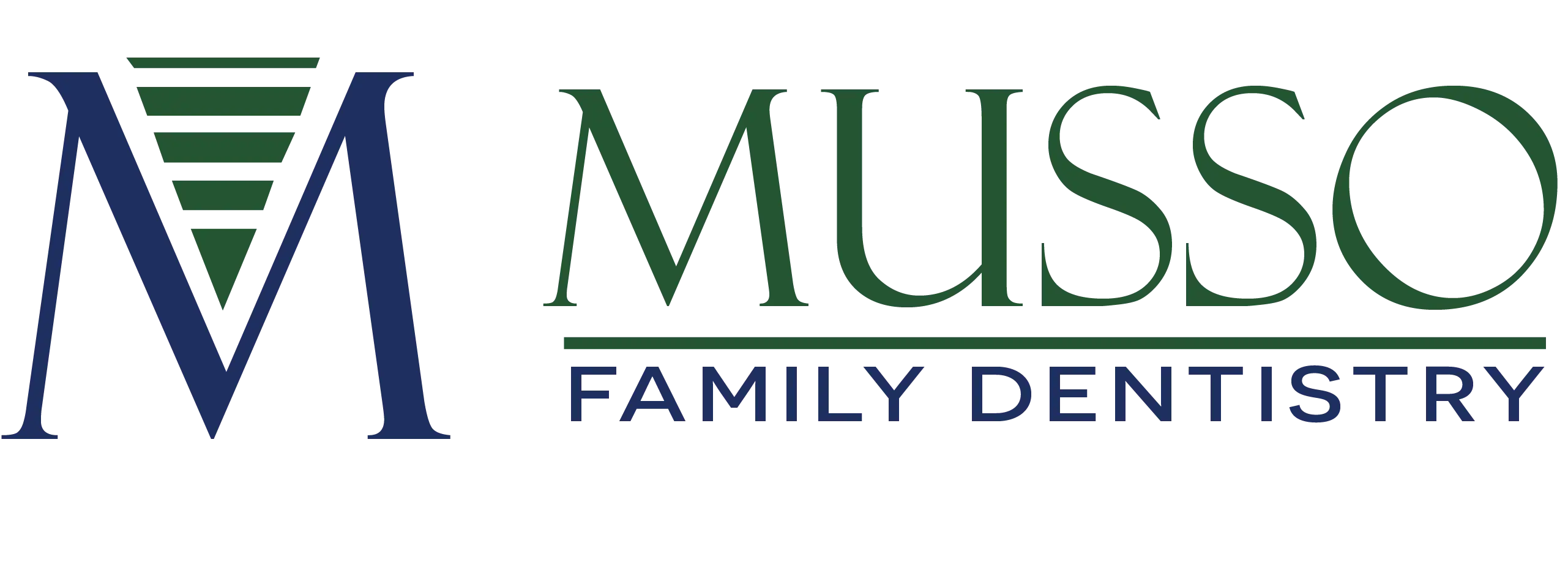Dental Implants
FREE Dental Implant Consultations!
Dental implants are advanced dental restorations designed to replace missing teeth with artificial ones that closely mimic the appearance and function of natural teeth. They consist of a titanium post surgically embedded into the jawbone, which acts as a replacement root, and a crown securely attached to the post. This procedure restores the aesthetic and functional aspects of missing teeth and helps preserve the jawbone structure, preventing bone loss that typically occurs after tooth loss.
Dental implants are crucial for improving oral health, enhancing the ability to chew and speak correctly, and providing a durable, long-term solution for tooth replacement, thereby supporting overall dental well-being and boosting self-confidence.
Types of Dental Implants
Endosteal Implants
Endosteal implants are the most commonly used type of dental implants. They are placed directly into the jawbone and are typically made from titanium, which is highly biocompatible and integrates well with bone tissue.
The procedure involves drilling a small hole into the jawbone where the implant post is inserted. After placing the implant post, it is covered with gum tissue and allowed to fuse with the bone over several months through osseointegration. Once integration is complete, a crown, bridge, or denture is attached to the implant post.
Endosteal implants are suitable for most patients with sufficient jawbone density and seeking a permanent solution for missing teeth.
Subperiosteal Implants
Subperiosteal implants are an alternative to endosteal implants used for patients with insufficient jawbone density who cannot undergo bone grafting procedures. Unlike endosteal implants, subperiosteal implants are placed on the jawbone and beneath the gum tissue.
The procedure involves placing a metal framework or mesh onto the bone, which then supports the implant post that protrudes through the gum line. This type of implant is less invasive than traditional implants and can be a viable option for patients with significant bone loss. However, subperiosteal implants are less commonly used today due to advancements in bone grafting techniques and the prevalence of endosteal implants.
The Dental Implant Procedure
The dental implant procedure begins with a comprehensive consultation, where our dentist in Garland, TX, evaluates your oral health and determines if you are a suitable candidate for implants. This initial visit typically involves X-rays, 3D imaging, and a thorough examination to assess the condition of your jawbone and surrounding tissues. Based on this assessment, a customized treatment plan is developed, outlining the number of implants required, the type of anesthesia to be used, and the overall timeline for the procedure.
The first phase of the procedure involves the surgical placement of the dental implant. Under local anesthesia or sedation, our dentist makes a small incision in the gum tissue to access the jawbone. A titanium post, which serves as the artificial tooth root, is inserted into the bone. The gum tissue is closed over the implant, and a healing period of several months follows. During this time, the implant undergoes osseointegration, a process where the jawbone gradually fuses with the titanium post, creating a strong and stable foundation for the replacement tooth.
Once the implant has successfully integrated with the jawbone, a second minor surgical procedure is performed to place the abutment. The abutment is a connector that protrudes above the gum line and holds the final crown in place. After placing the abutment, the gums are allowed to heal around it for a few weeks.
Following this healing period, impressions are taken to create a custom crown that matches your natural teeth in size, shape, and color. The final step involves attaching the crown to the abutment and completing the dental implant restoration. The result is a durable, functional, and aesthetically pleasing replacement tooth that blends in seamlessly with your natural smile. Contact us today to learn more.
The Benefits of Dental Implants
- Dental implants are designed to closely resemble natural teeth in both form and function. The crowns can be color-matched to surrounding teeth, providing a seamless and aesthetically pleasing smile.
- Unlike removable dentures, dental implants are securely anchored in the jawbone, eliminating discomfort and the potential for slippage. This stability allows for a more natural feel, making eating and speaking more comfortable.
- Implants restore full chewing power, allowing individuals to enjoy a wider variety of foods without worry. They also enhance speech clarity, as there’s no risk of the replacement slipping or causing difficulty in pronunciation.
- Dental implants in Garland, TX, stimulate the jawbone, helping to prevent bone loss that often occurs after tooth loss or extraction. This preservation of bone structure is crucial for maintaining facial aesthetics and preventing changes in facial appearance over time.
- Caring for dental implants is similar to caring for natural teeth. Regular brushing, flossing, and routine dental check-ups are essential to keep implants in good condition, making them a convenient option.
- Smiling, eating, and speaking confidently can significantly boost self-esteem. Many patients report improved self-image and quality of life after receiving dental implants.
- Dental implants can support a variety of dental restorations, including single crowns, bridges, and full-arch dentures. This versatility allows for customized treatment plans tailored to individual needs.
Dental implants are a reliable and effective way to restore your smile and improve oral health. Visit Musso Family Dentistry at 513 W. Centerville Rd, Garland, TX 75041, or call (972) 840-8477 to explore how dental implants can transform your smile and improve your quality of life.
Cosmetic Dentistry
Sleep Apnea Therapy
Dental Veneers
Dental Technology
Chairside Monitors
Cone Beam CT Imaging
Intraoral Cameras
iTero® Intraoral Scanner
Panorex X-Rays
Your First Visit
Dental Cleanings and Exams
General and Family Dentistry
Wax-Up Tooth Models
Night Guards
Tooth-Colored Dental Fillings
Braces
Dentures and Partials
Dental Crowns
Dental Bridges
Restorative Dentistry
Clear Aligners
Orthodontics
Root Canal Therapy
Periodontal Therapy
Oral and Systemic Health
Pediatric Dentistry
Snoring Therapy
TMJ Therapy
Sedation Dentistry
Products
Digital X-Rays
Tooth Extractions
Smile Makeover
Teeth Whitening
Tooth Contouring
Dental Bonding
Visit Our Office
Office Hours
- MON7:00 am - 4:30 pm
- TUE7:00 am - 4:30 pm
- WED7:00 am - 4:30 pm
- THU7:00 am - 4:30 pm
- FRIClosed
- SATClosed
- SUNClosed

